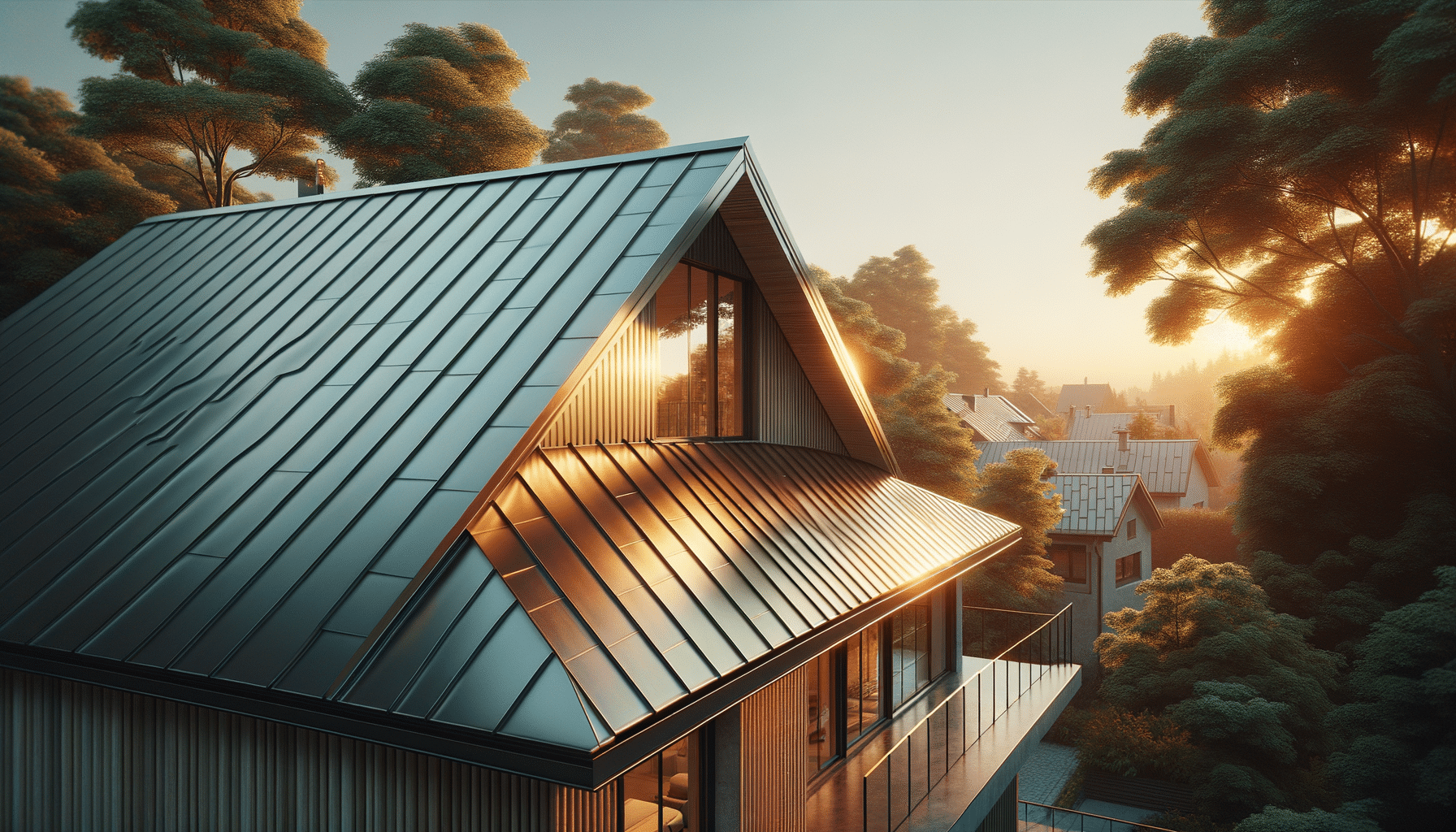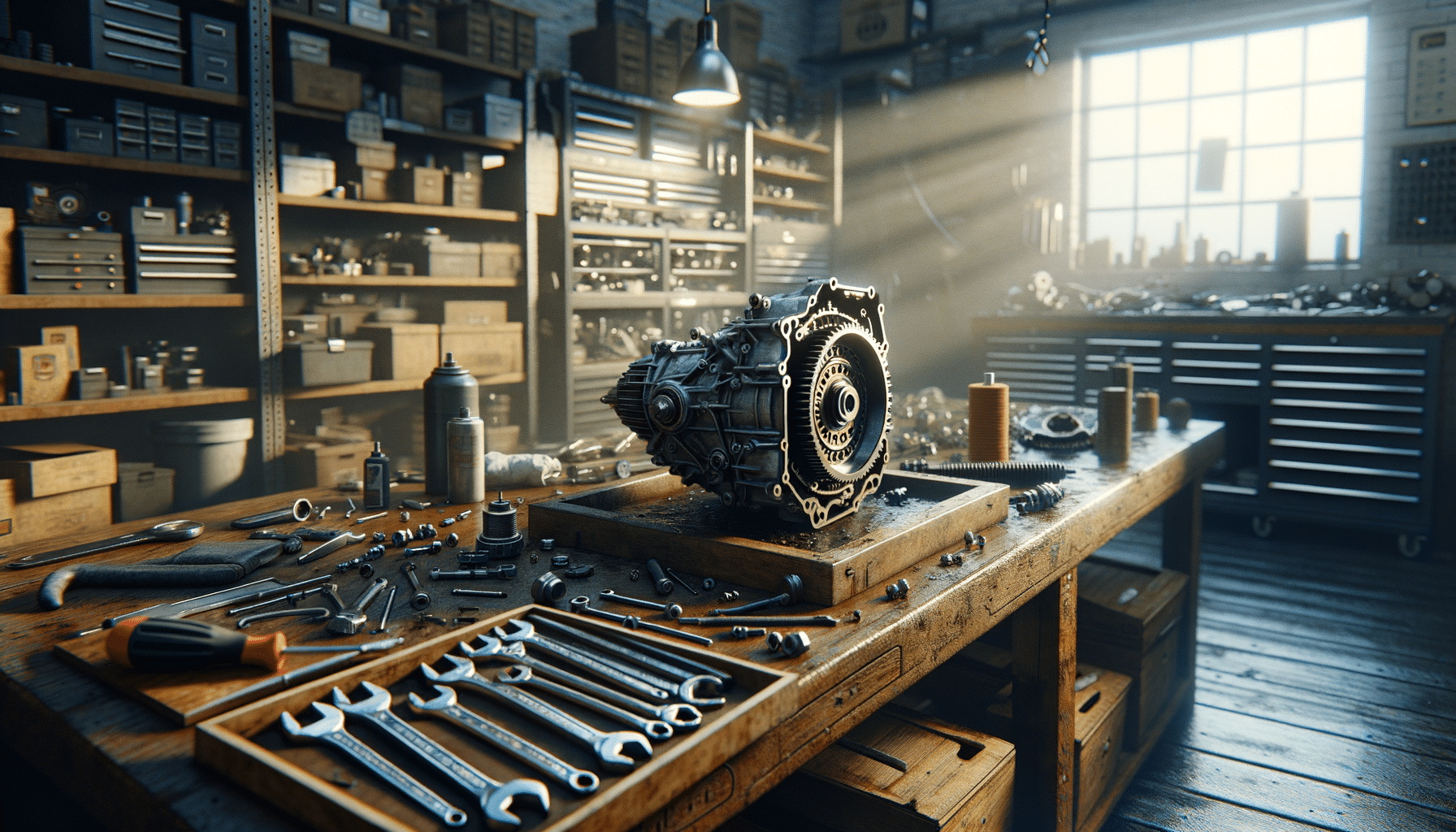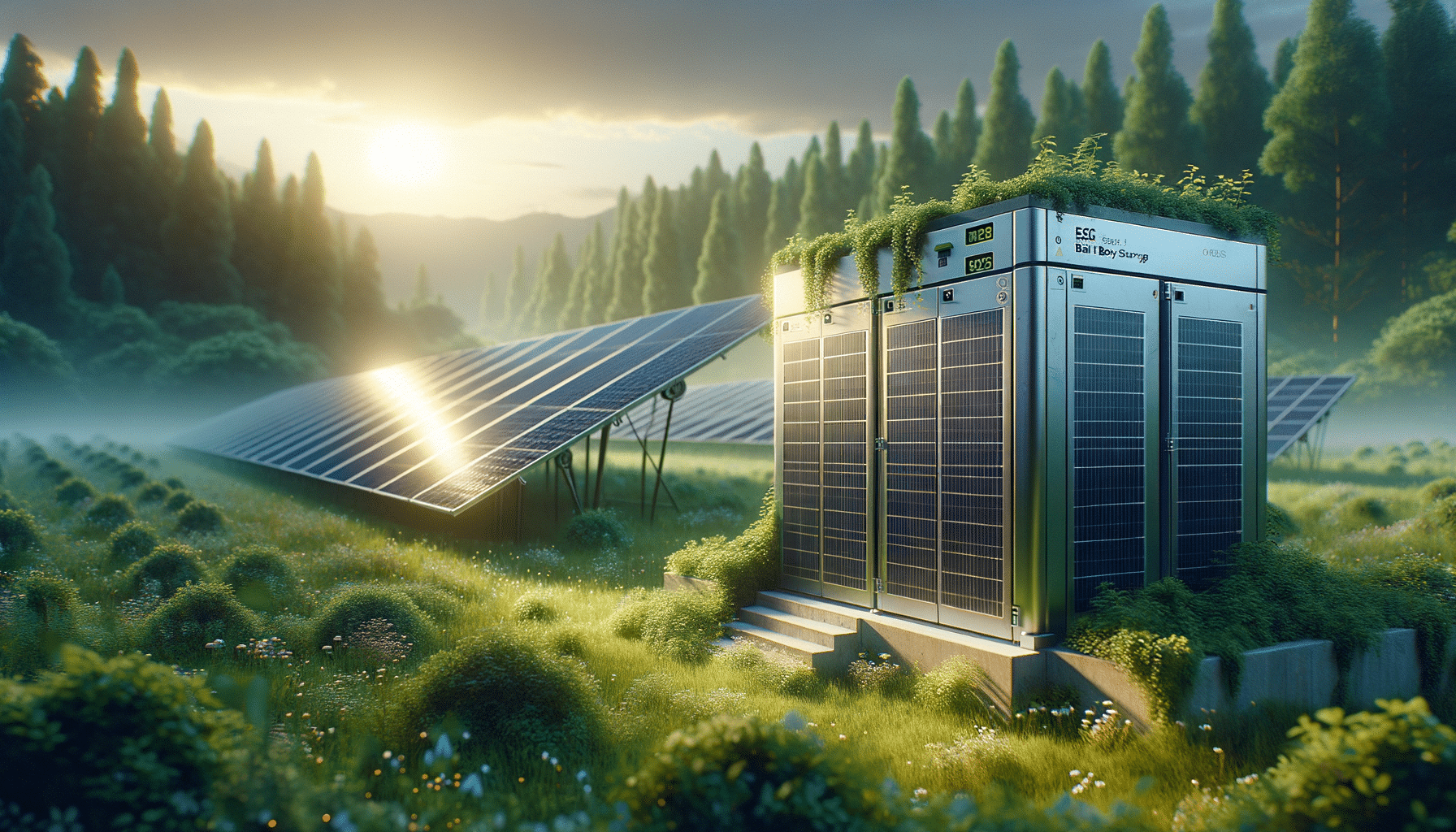
Metal roofing contractors
Introduction to Metal Roofing
Metal roofing is gaining popularity as a durable and energy-efficient option for both residential and commercial buildings. Its longevity and ability to withstand harsh weather conditions make it an attractive choice for homeowners and business owners alike. Additionally, metal roofing offers a modern aesthetic appeal, adding value and style to any structure. Understanding the benefits and considerations of metal roofing can help individuals make informed decisions when choosing a roofing solution.
One of the key advantages of metal roofing is its durability. Unlike traditional roofing materials, metal roofs can last up to 50 years or more with proper maintenance. This longevity is due to the robust nature of metals like aluminum, steel, and copper, which are commonly used in roofing. These materials can resist cracking, shrinking, and eroding, making them ideal for areas prone to severe weather.
Metal roofs also offer energy efficiency benefits. They reflect solar radiant heat, which can reduce cooling costs by 10-25% in warmer climates. This reflective quality not only contributes to energy savings but also enhances indoor comfort. Moreover, metal roofing is often made from recycled materials and can be recycled at the end of its life, making it an environmentally friendly choice.
However, there are considerations to keep in mind. The initial cost of metal roofing can be higher compared to other materials. It is essential to evaluate the long-term savings in maintenance and energy costs to determine its overall value. Additionally, noise during rain or hail can be a concern, but proper insulation can mitigate this issue effectively.
Choosing the Right Roofing Contractor
Selecting the right roofing contractor is crucial for ensuring a successful installation and maximizing the benefits of metal roofing. A professional contractor brings expertise, experience, and quality workmanship to the project, which can significantly impact the longevity and performance of the roof.
When searching for a contractor, it is essential to consider their credentials and reputation. Look for contractors who are licensed and insured, as this provides a level of assurance regarding their professionalism and accountability. Additionally, researching customer reviews and seeking recommendations from trusted sources can provide insights into a contractor’s reliability and quality of work.
Communication is another critical factor. A reputable contractor should be willing to discuss the project in detail, answer any questions, and provide clear, written estimates. This transparency ensures that both parties are on the same page and helps prevent misunderstandings or unexpected costs.
Experience with metal roofing specifically is vital. Metal roofing requires different skills and techniques compared to other materials, so it is important to choose a contractor with a proven track record in installing metal roofs. Asking for references from previous clients with similar projects can provide valuable insights into the contractor’s expertise.
Finally, consider the warranty offered by the contractor. A comprehensive warranty can provide peace of mind, covering potential defects or issues that may arise after installation. Ensure that the warranty details are clearly outlined in writing before proceeding with the project.
Types of Metal Roofing Materials
Understanding the different types of metal roofing materials available can help homeowners and business owners make informed decisions that align with their specific needs and preferences. Each material offers unique benefits and characteristics that cater to different architectural styles and environmental conditions.
Aluminum: Known for its lightweight and corrosion-resistant properties, aluminum is ideal for coastal areas where saltwater corrosion is a concern. Its natural reflectivity also contributes to energy efficiency, making it a popular choice for environmentally conscious individuals.
Steel: Steel is one of the most common materials used in metal roofing due to its strength and versatility. It can be coated with various finishes to enhance its durability and aesthetic appeal. Galvanized and galvalume steel are two popular options, offering excellent protection against rust and corrosion.
Copper: Copper roofing is renowned for its distinctive appearance and longevity. Over time, it develops a natural patina that adds character and charm to the building. Although it is one of the more expensive options, its durability and low maintenance make it a worthwhile investment.
Zinc: Zinc is valued for its self-healing properties, where scratches or imperfections can naturally repair over time. It is also highly resistant to corrosion and offers a unique, elegant look. Zinc roofing is often chosen for its sustainability and aesthetic appeal.
Each of these materials offers specific advantages, and the choice depends on factors such as budget, climate, and architectural style. Consulting with a knowledgeable contractor can help determine the most suitable material for a particular project.
Installation Process and Considerations
The installation process of metal roofing requires careful planning and execution to ensure optimal performance and longevity. Understanding the steps involved can help homeowners and business owners prepare adequately and set realistic expectations for the project timeline.
The first step in the installation process is the preparation of the existing roof. This involves removing old roofing materials, inspecting the roof deck for damage, and making necessary repairs. A clean and solid foundation is crucial for the successful installation of a metal roof.
Next, an underlayment is applied. This serves as an additional layer of protection against moisture and helps prevent leaks. The type of underlayment used may vary depending on the specific needs of the building and local climate conditions.
The metal panels or shingles are then installed. This step requires precision and expertise to ensure proper alignment and secure fastening. Special attention is given to seams, edges, and penetrations to prevent water infiltration and other issues.
Throughout the installation process, ventilation is a key consideration. Proper ventilation helps regulate temperature and moisture levels in the attic, extending the life of the roof and improving energy efficiency. A professional contractor will ensure that the ventilation system is adequate and compatible with the metal roofing material.
Finally, a thorough inspection is conducted to verify the quality of the installation. This includes checking for any loose fasteners, ensuring proper sealing, and confirming that all components are securely in place. A final walkthrough with the contractor can address any concerns and provide assurance of a job well done.
Maintenance and Longevity of Metal Roofs
Metal roofs are known for their durability and long lifespan, but like any roofing system, they require regular maintenance to ensure they continue to perform effectively. Proper maintenance can prevent potential issues and extend the life of the roof, providing long-term value and peace of mind.
Regular inspections are an essential part of metal roof maintenance. It is recommended to inspect the roof at least twice a year, ideally in spring and fall, to identify any signs of damage or wear. Look for issues such as loose fasteners, damaged panels, or debris accumulation that could affect the roof’s integrity.
Cleaning the roof is another important maintenance task. Metal roofs can accumulate dirt, leaves, and other debris that may cause water retention and lead to corrosion over time. Use a soft brush or low-pressure washer to clean the surface, taking care not to damage the coating or finish.
Addressing minor repairs promptly can prevent more significant problems in the future. If any panels or components are damaged, it is crucial to repair or replace them as soon as possible. This proactive approach helps maintain the roof’s protective properties and prevents leaks or other issues.
Finally, check the roof’s ventilation and drainage systems regularly. Ensure that vents are clear and functioning properly and that gutters and downspouts are free of blockages. Proper drainage is essential for preventing water damage and maintaining the roof’s overall health.
By following these maintenance practices, metal roofs can provide reliable protection and aesthetic appeal for decades, making them a sound investment for any property owner.


